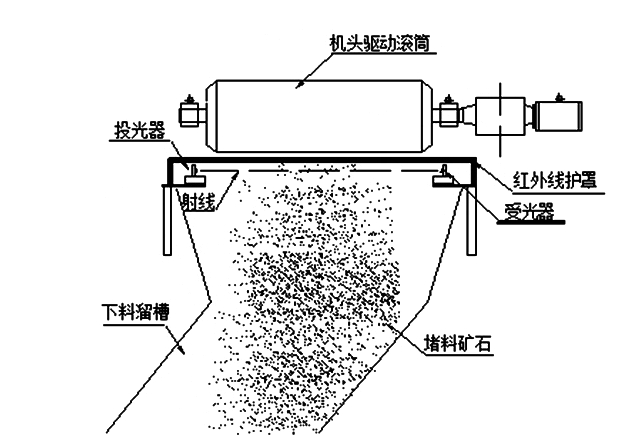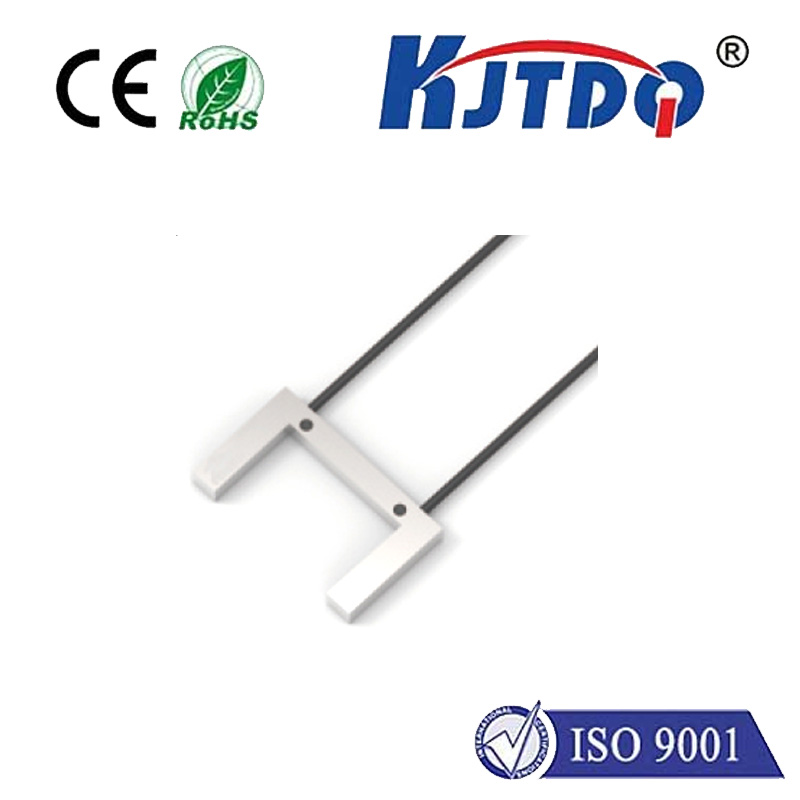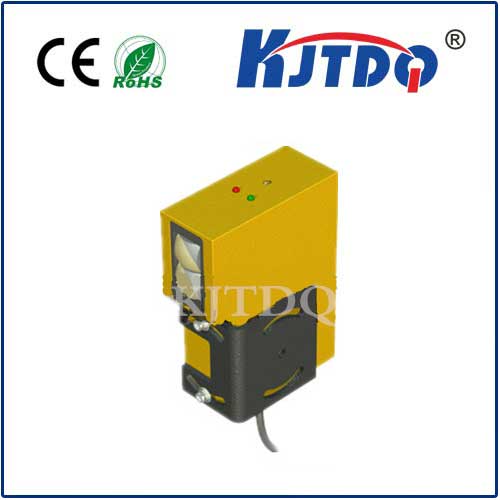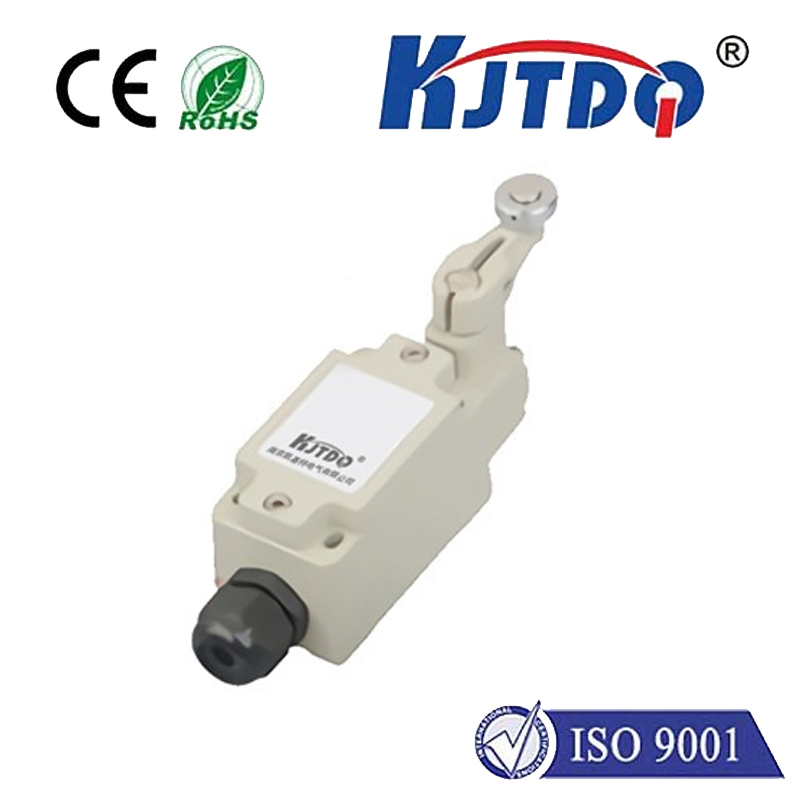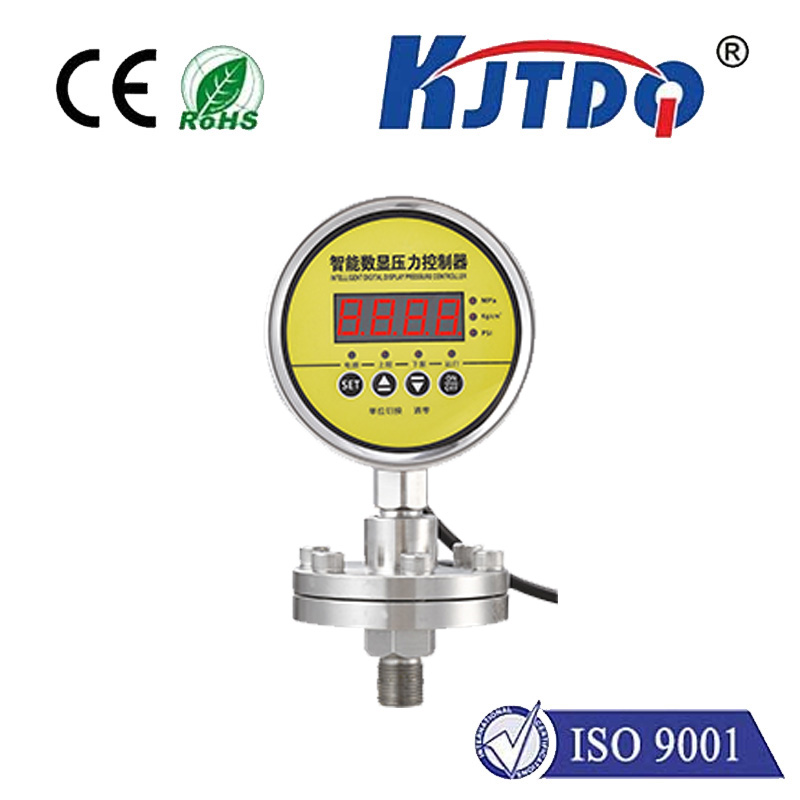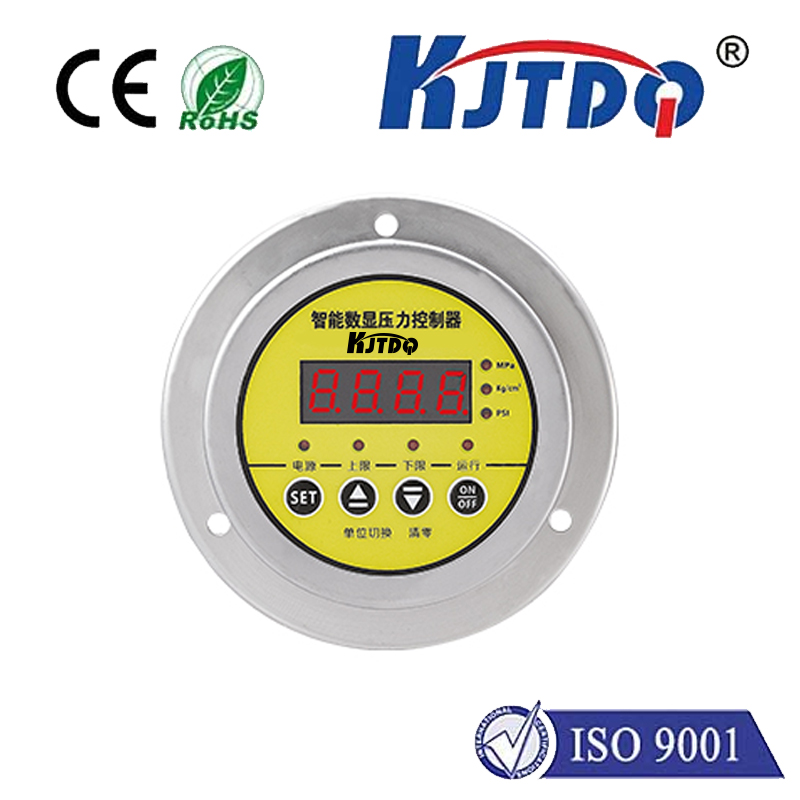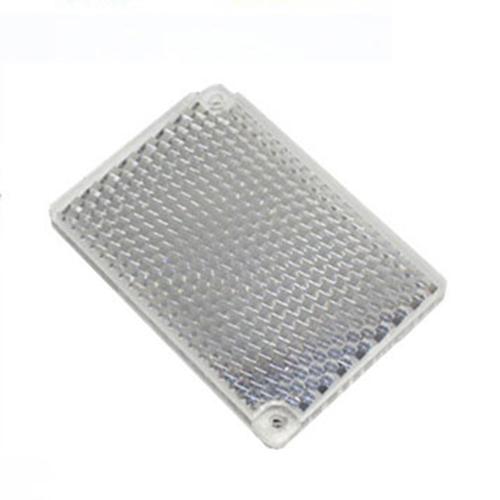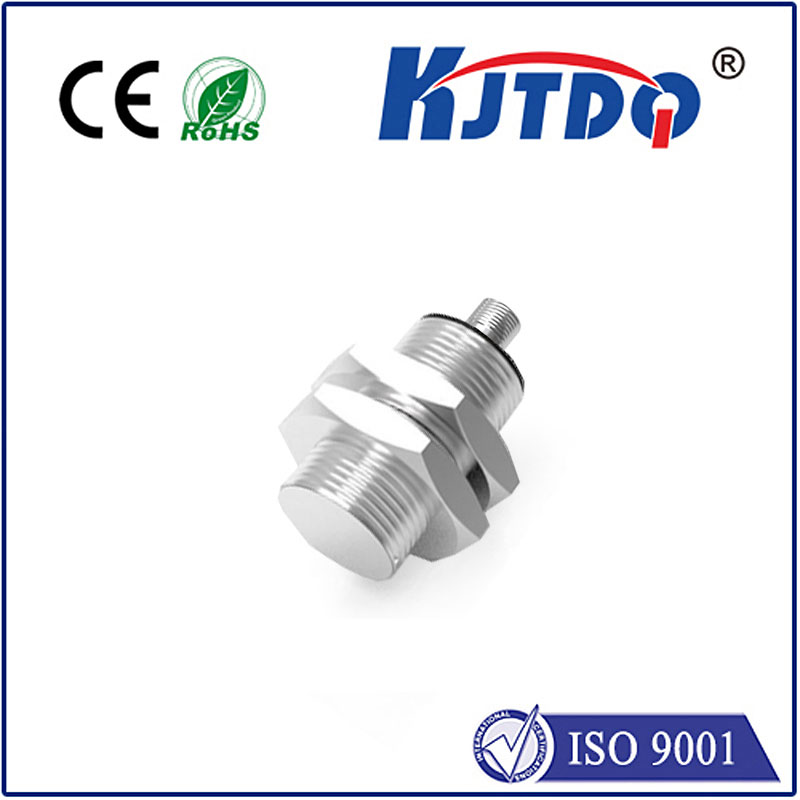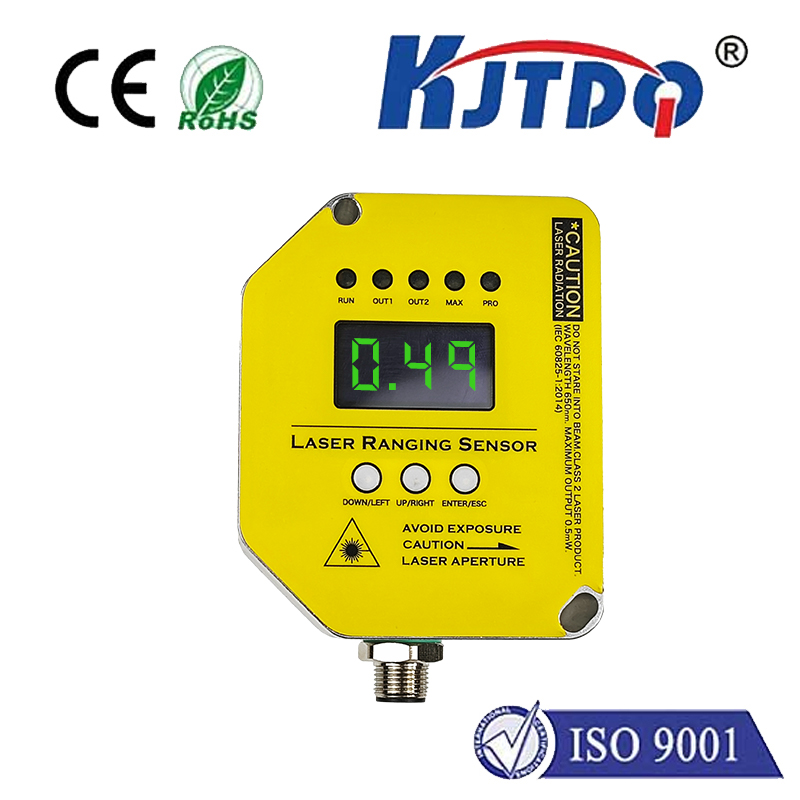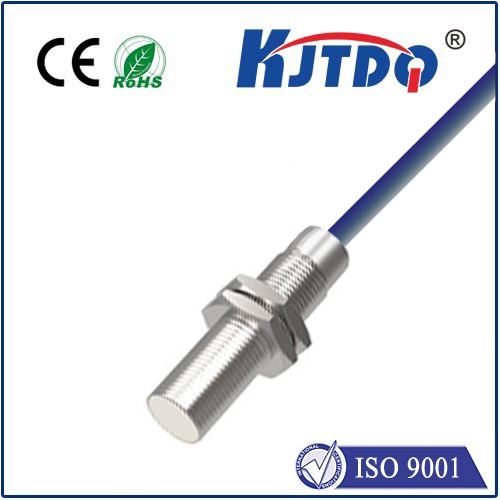analog distance sensor
- time:2025-06-15 01:54:28
- Нажмите:0
Analog Distance Sensors: Understanding Continuous Proximity Measurement
Imagine parking your car. That familiar beep that starts slow and speeds up as you get closer to the wall? That’s often the work of an analog distance sensor, translating the shrinking gap into an increasingly urgent audible signal. In a world captivated by digital precision, the elegant simplicity and continuous feedback of analog distance sensors remain indispensable across countless applications. They don’t just tell you “something is close” or “something is far”; they tell you exactly how close or how far, moment by moment, in a beautifully direct way.
What are Analog Distance Sensors?
At their core, analog distance sensors are devices designed to measure the distance between the sensor itself and a target object, outputting this measurement not as a digital code (like 0 or 1, or a specific number over a serial bus), but as a continuously variable analog signal. This signal is directly proportional to the measured distance within the sensor’s specified range. The most common output signals are:
- Voltage Output (e.g., 0-5V, 0-10V): Where 0V might represent the closest measurable distance and 5V/10V represents the farthest.
- Current Output (e.g., 4-20mA): Often used in industrial settings for better noise immunity over long cable runs, where 4mA typically signifies the farthest point and 20mA the closest.
How Do They Work? (The Core Principles)

While various underlying technologies exist (which we’ll explore next), the fundamental principle unifying analog distance sensors is the translation of a physical phenomenon affected by distance into a proportional electrical signal:
- Energy Emission: The sensor emits energy towards the target object. This energy can be light (Infrared, Laser), sound (Ultrasonic), or electromagnetic (Capacitive).
- Reflection/Interaction: The emitted energy interacts with the target – it gets reflected, absorbed, or otherwise altered.
- Energy Detection: A receiver element within the sensor detects the returning energy (in the case of reflection) or the change in the field (in capacitive sensing).
- Analog Signal Generation: The sensor’s internal circuitry directly converts the characteristic of the detected energy (like received intensity, time-of-flight, or field strength change) into a smooth, continuous voltage or current output. The magnitude of this output signal changes fluidly as the distance to the target changes.
Common Analog Distance Sensing Technologies
Several physical principles are employed to achieve analog distance measurement:
- Infrared (IR) Analog Sensors:
- Principle: Emit a beam of infrared light. The amount of light reflected back to a detector changes with distance.
- Output: Voltage proportional to received IR intensity (and thus, inversely proportional to distance squared in simple reflection models).
- Pros: Low cost, compact size, simple interfacing.
- Cons: Affected by ambient light and target color/reflectivity. Shorter range.
- Применение: Object detection on assembly lines, liquid level sensing, basic robotics.
- Ultrasonic Analog Sensors:
- Principle: Emit high-frequency sound pulses and measure the time it takes for the echo to return (Time-of-Flight or ToF). Distance = (Speed of Sound * Time)/2.
- Output: Voltage proportional to the measured time-of-flight (and thus directly proportional to distance).
- Pros: Relatively long range, works on varied surfaces/textures/colors, unaffected by light.
- Cons: Slower response than optical sensors, affected by temperature/humidity (alters speed of sound), soft materials absorb sound.
- Применение: Parking assistance (the classic example!), tank level measurement, collision avoidance for robots/drones.
- Laser Analog (ToF) Sensors:
- Principle: Use a focused laser beam and precisely measure the time taken for the light pulse to return (Laser ToF), similar to ultrasonic, but much faster and more precise.
- Output: Voltage proportional to time-of-flight (distance).
- Pros: High precision, long range, small spot size, very fast update rate.
- Cons: Higher cost than IR/ultrasonic, potential safety concerns (eye safety), can be affected by very bright ambient light.
- Применение: Industrial automation (positioning, inspection), drone altimeters, advanced robotics, logistics (dimensioning).
- Capacitive Analog Sensors:
- Principle: Measure the change in capacitance between the sensor’s active surface and a nearby conductive or dielectric target object. Capacitance increases as distance decreases.
- Output: Voltage proportional to the measured capacitance change (inversely proportional to distance).
- Pros: Can detect non-metallic objects (liquids, plastics, wood), insensitive to color or surface texture.
- Cons: Short sensing range, very sensitive to environmental factors like humidity and temperature, affected by nearby conductive objects.
- Применение: Proximity detection, liquid level sensing (through non-metallic walls), material presence detection.
Why Choose Analog? Key Advantages
In an increasingly digital world, the persistence of analog distance sensors is a testament to their unique strengths:
- Simplicity and Speed: The direct voltage/current output means no complex digital protocols (like I2C, SPI) are needed. Read the sensor value instantly with a simple Analog-to-Digital Converter (ADC) input on a microcontroller or a PLC analog input card. This offers real-time, low-latency feedback crucial for control systems.
- Continuous Resolution: They provide infinite resolution within their range. Every tiny change in distance results in a proportional change in the output signal, offering a smooth representation of movement or position.
- Cost-Effectiveness: For many basic proximity and ranging tasks, analog sensors (especially IR and Ultrasonic variants) offer a lower-cost solution compared to sophisticated digital counterparts. They provide essential functionality without unnecessary complexity.
- Direct Interface for Legacy Systems: Many industrial PLCs and control systems have built-in analog input capabilities, making integration straightforward without needing additional communication modules.
Important Considerations & Limitations
Choosing the right sensor involves understanding its constraints:
- Accuracy and Calibration: Analog sensors can be susceptible to non-linearities (output not perfectly linear with distance), noise, and drift. Careful calibration, often provided in datasheets or requiring user effort, is crucial for precision applications.
- Signal Conditioning: The raw analog output might need amplification, filtering (to remove noise), or linearization (to correct non-linear curves) before being truly useful. This adds complexity compared to a pre-processed digital output.
- Environmental Interference: As noted per technology (ambient light for IR, sound reflections for ultrasonic, humidity for capacitive), the operating environment significantly impacts performance. Understanding and mitigating these factors is key.
- Limited Information: An analog signal provides only distance information. Digital sensors often package additional data like signal strength, temperature compensation values, or status flags over their communication bus.
Real-World Applications: Where Analog Distance Sensors Thrive
The direct, continuous nature of analog distance outputs makes them ideal for numerous scenarios:
- Industrial Automation & Process Control: Tank level monitoring (liquids, powders), web tension control (paper, plastic film), position feedback for cylinders/actuators, object detection on conveyors for counting or positioning, filling level control.
- Proximity Detection & Safety: Simple presence detection for automated doors, intrusion alarms, or safety light curtains (where knowing exactly how close isn’t critical, just presence is). Vehicle parking sensors.
- Robotics: Obstacle avoidance for simpler robots, terrain following, gripper positioning feedback.
- Consumer Electronics: Automatic faucet

